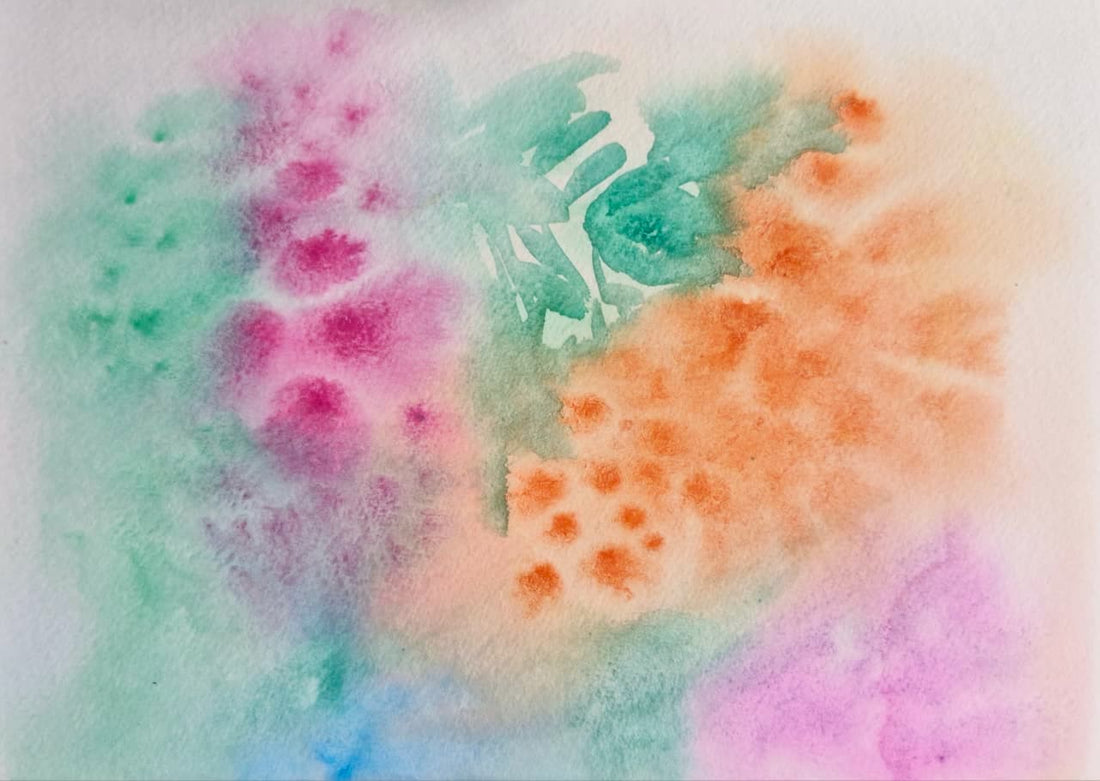Balance
Vishakha Gautam
Share
When we pause long enough to notice, nature reveals itself as a tapestry woven with threads of balance. Every blade of grass leans into the wind and rises again without resistance. The rivers carve their way forward, never questioning the rocks they meet but learning to move around them. A tree sheds its leaves when the season asks it to, without clinging to what has already fulfilled its purpose. Nothing resists its own rhythm, and yet nothing stands alone.
Look at how colours appear in the natural world — never in rigid blocks, but always flowing into one another. The sky shifts from indigo to violet to gold, each hue surrendering to the next without struggle. A meadow holds countless shades of green, none competing, each finding its place in the spectrum. Even the shadows serve, softening the brilliance of light so our eyes may rest. It is this seamless blending that makes the world not only livable, but beautiful.
Nature thrives on interconnectedness. The bee depends on the flower, the flower on the soil, the soil on the unseen roots that hold it together. Nothing stands in isolation. What appears small — a droplet of rain, a fallen seed, a gust of air — carries consequences far beyond its size. This intricate web teaches us that every action, however quiet, is part of a much larger harmony.
Balance in nature is not rigid or static. It is dynamic, alive, and ever-shifting. Day melts into night, storms give way to calm, birth gives way to death, and death to renewal. The cycle is unbroken, yet ever-changing. Nature doesn’t hold on to what has ended; it transforms it into the beginning of something else. What wilts becomes nourishment, what decays becomes soil, what falls becomes the ground from which life will rise again.
And so, the lesson nature whispers is simple yet profound: balance does not mean holding everything in equal measure, but allowing everything its rightful place. Growth and rest. Light and shadow. Silence and song. None is more important than the other; all exist so the whole may remain complete.
When we learn to see ourselves as part of this balance, something softens within us. We no longer push against our sadness or cling too tightly to our joy. We begin to trust that both are needed, both will pass, and both serve a greater purpose. Our inner world mirrors the outer — patterns of thought, emotion, and experience blending into one another, shaping who we are becoming.
Nature shows us that peace is not about perfection but about belonging — belonging to the cycles, to the transitions, to the spaces in between. To stand in this truth is to realize that we, too, are whole, just as we are.
And maybe that is why the trees sway so effortlessly, why rivers keep flowing without fear of their destination, why the earth keeps turning without pause. They already know: everything has its place, everything is in balance. And so are we.
